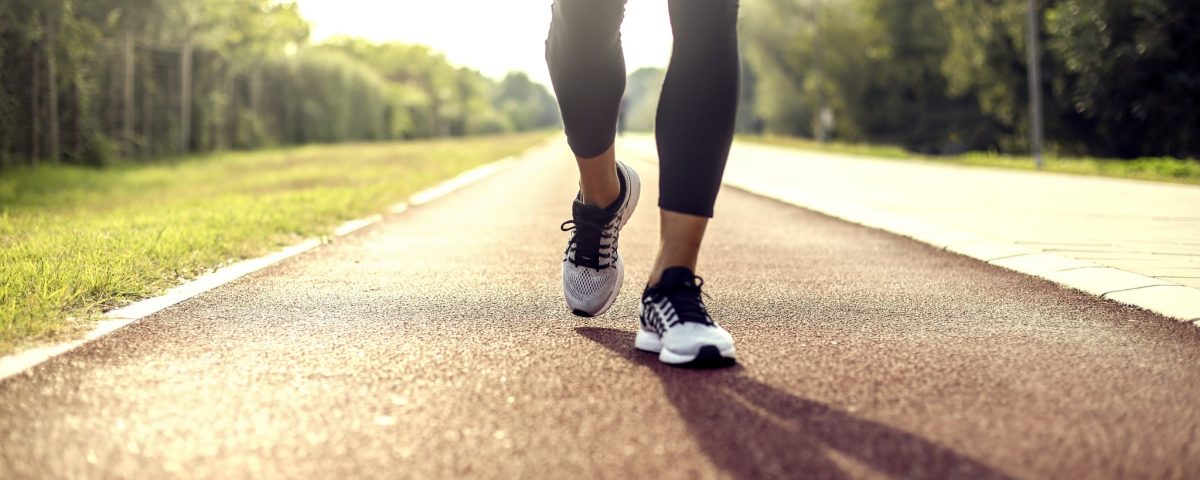
Rest
July 21, 2019
Demystifying the ACL reconstruction and dreaded rehabilitation
August 5, 2019Walking.
It can improve your performance, body composition and recovery all at once even though so many of us avoid it because we don’t have time. So, what must we do to maximize the benefits that are brought upon when walking?
Firstly, you must know your heart rate. Schedule 3-5 walks weekly of 25-60 minutes as if it were a second workout. Try to keep your heart rate at a low intensity zone of approximately 100-120 beats per minute. You do not need to use a heart rate monitor for this but rather take your heart rate by checking your pulse for 6 seconds and then multiply that number by 10. Plan your walks intentionally part of your workout routine to be sure to perform them on a weekly basis. Keep your heart rate constant for the entire duration of the walk. If walking on a treadmill, add inclination to achieve the desired heart rate and NEVER hold onto the rails.
Here are 5 reasons why walking compliments your workday, your training and your physical goals.
1 – Fat Loss
There has been a lot of talk about the “fat-burning zone” over the last decade nevertheless, anything that can maximize caloric output while minimizing metabolic, physical and mental stress is going to be a winner for fat burning. Remember, it’s acceptable to perform high intensity exercise to maximize performance and hormonal response, but this type of training has its pitfalls in that the body requires more recovery time which may not allow you to train as frequently as a consequence. Keeping the intensity relatively low will maximize your energy use which will indefinitely be coming from fats.
2 – Recovery
As walking is relatively low intensity and impact, it speeds up recovery by increasing the amount of blood flow to all structures being used while mitigating stress across the joints and the central nervous system.
During gait, musculature in the legs, arms and core become engaged in a reciprocal fashion in an on / off fashion within the body. All these structures working together tap into the functional movement lines with the body and create smooth movement of the body forward and efficiently.
These synergistic muscle actions create compression forces through the lymphatic and venous systems in the body to push excessive fluid out to be excreted. Constant repetitive motions as such found in walking is fantastic then at managing local and systemic inflammation to promote recovery.
3 – Building an aerobic base
Let’s face it, most weightlifters do not enjoy prolonged cardiovascular exercise. Nevertheless, something’s focusing on activities that don’t necessarily improve strength per se may add another element to your training that will eventually help.
Walking does create a good functional aerobic base to increase blood flow to all structures and may improve your ability to recover in between sets of exercise. Furthermore, it may also help improve certain vital signs such as resting heart rate and your blood pressure which may improve overall longevity of life.
4 – Pain alleviation
Walking can be a powerful pain alleviator. Through walking, we can activate key stabilizers in the back, core and hips as well as improve functionality of prime movers within the body that may be often shut off during sedentary living.
Nowadays, most injuries can be prevented with some type of easy movement happening every hour. As most of us sit all day, the Psoas muscle and the QL, which are main stabilizers of the lumbar spine and hips, become functionally overactive and create lower back pain when other structures are not loaded through movement.
Through research, it has been shown that walking can be a functional remedy for these two muscle groups. Through the walking cycle, the Psoas and QL work as functional opposites in order to provide smooth force transfer through the walking cycle. As this repetitive muscle firing occurs, your body will find a way to stabilize, stay upright and create smooth movement which will in turn mitigate pain.
5 – Improve cognitive function and performance
One of the biggest advantages to walking is the cognitive enhancements and wellness. When walking, blood flow doesn’t only go to muscles that allow you to move forward but also to the brain. The increased cerebral blood flow doesn’t only prevent the risk of vascular and degenerative diseases but also boost creativity and time to think. As we get more involved in everyday life, it gets harder to break away and have piece of mind to be creative and think. Walking gives us this opportunity to break away, think freely and improve our overall well being.
Oliver L.




